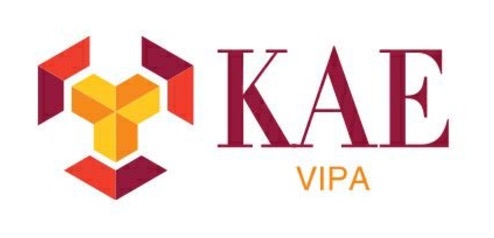Hearing Lips: Improving Lip Reading by Distilling Speech Recognizers
Lip reading has witnessed unparalleled development in recent years thanks to deep learning and the availability of large-scale datasets. Despite the encouraging results achieved, the performance of lip reading, unfortunately, remains inferior to the one of its counterpart speech recognition, due to the ambiguous nature of its actuations that makes it challenging to extract discriminant features from the lip movement videos. In this paper, we propose a new method, termed as Lip by Speech (LIBS), of which the goal is to strengthen lip reading by learning from speech recognizers. The rationale behind our approach is that the features extracted from speech recognizers may provide complementary and discriminant clues, which are formidable to be obtained from the subtle movements of the lips, and consequently facilitate the training of lip readers. This is achieved, specifically, by distilling multi-granularity knowledge from speech recognizers to lip readers. To conduct this cross-modal knowledge distillation, we utilize an efficacious alignment scheme to handle the inconsistent lengths of the audios and videos, as well as an innovative filtering strategy to refine the speech recognizer's prediction. The proposed method achieves the new state-of-the-art performance on the CMLR and LRS2 datasets, outperforming the baseline by a margin of 7.66% and 2.75% in character error rate, respectively.
PDF Abstract





 LRS2
LRS2
